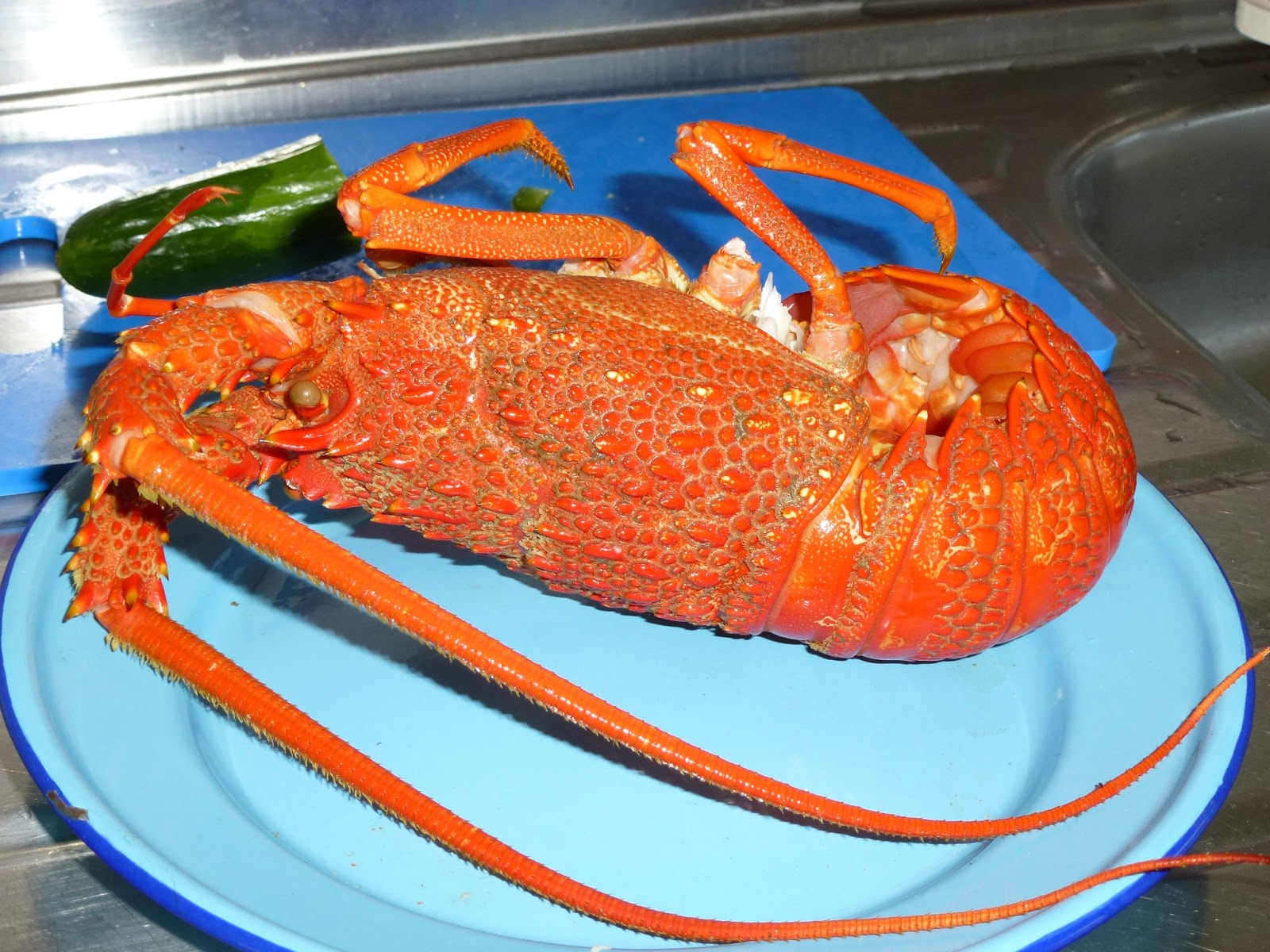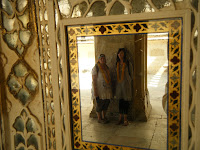Anaura Bay
Is this the home of the mythical kiwi holiday camping trip? The camp-ground is on the beachfront, with facilities in the old village school. The sink benches and loos will test your knees and thigh muscles. In golden weather, this place is close to heaven on earth, as long as you have remembered to take all your "necessities" such as coffee and food. Lots of fish in the sea, though. The sign that says "No sand in the showers" is one of the most determinedly optimistic notices I've ever seen.
One of a couple of long, long wharves still standing- at Tolaga Bay- diving lessons for local kids. They used to load bales of wool here, but now the hills grow ugly rows of pine trees instead. Anywhere else, this fine example of early C20th industrial architecture (the old woolstore) would have been gentrified, turned into restaurants and shops...places to be a consumer, not a producer of something useful...but this place is just too damn far from anywhere. Great.
The last time I went round the cape was about 1990...very little has changed. Forestry on the razor-sharp hills, logging trucks swallowing up the roads. Basic dairies in the few settlements large enough to support a shop of any kind. A few modestly fancy houses with stunning views, on the coast. Maybe built by people bringing home some earnings from Australia?
At Te Kaha, on the North side, a tousle-haired boy rode his horse bareback onto the beach and then galloped the length of the sand and back again. Tied his horse to a tree and took a swim. At the same place, someone has built a white plasterboard hotel on a clifftop. Better sea views would be hard to find anywhere but the building would fit right in to somewhere a bit tackier than Takapuna.
You can camp for free in lots of places, if you take your own portapotty. Oh Lord, no.
But the Cape is still itself, despite a couple of movies and a minimal amount of welcome economic development: when you finally get near to Gisborne, a bit of suburbia seems disturbingly urban. And Gisborne, a town with about two and a half shopping streets and a weirdly noisy town clock, is not exactly Birmingham.
This little blue penguin was not happy to be disturbed on the beach at Te Kaha.
Another camper had a spare crayfish. I ate it. That's my ration of koura for 2013, done.

The church at Waihau Bay stands on the beach front and a notice in the porch apologises for any fishy smells caused by the little blue penguin whanau that lives under the font. This was an early mission church, which is still in use today.
 |
| view from the church porch |
It's on the north side of the cape.

The Matata DOC campsite in the Bay of Plenty is another holiday spot that is untouched by time - make your own fun. Just don't camp next to the unfortunate woman with 4 small daughters, all of whom had inherited her penetrating voice....
 |
| beach south of Whakatane |























